Ever draped a moving blanket over a window to shut out the din of traffic, only to find the noise still trickles in?
It’s a common misconception that moving blankets can double as soundproofing materials.
While they’re a staple for protecting furniture during moves, their ability to block sound is limited.
In this article, we’ll demystify the actual capabilities of moving blankets in sound management and uncover the real differences between acoustic treatment and soundproofing.
With the right information, you can choose the best approach for your space.
So let’s dive in and tune into the world of sound control.
The Difference Between Acoustic Treatment And Soundproofing
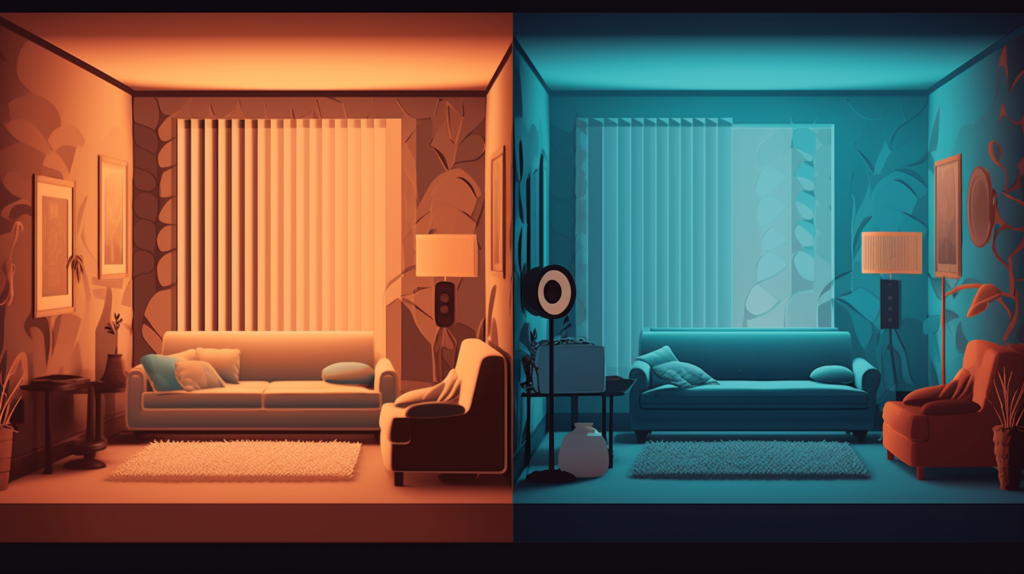
The acoustic landscape within any given room is influenced by a variety of factors, including room size, shape, surface materials, and the presence of furniture or decor.
Acoustic treatment is the practice of altering this landscape to improve the quality of sound within the room itself.
It’s akin to sculpting the sound environment, softening the harshness of echoes and refining the clarity of audio.
Materials such as foam panels, diffusers, and bass traps are commonly used in acoustic treatment to absorb excess sound and prevent the bouncing of audio waves that leads to reverberation and echo.
Soundproofing, by contrast, is a more intensive endeavor. It’s not about refining the sound within a room but containing it.
Whether the objective is to keep external noise out, such as traffic or noisy neighbors, or to keep internal noise in, such as loud music or machinery, soundproofing seeks to create a barrier that sound cannot easily cross.
Techniques for soundproofing involve adding mass to walls, sealing gaps to prevent air leaks (as sound travels through air), and using materials specifically designed to block sound transmission, such as dense insulation or special acoustic drywall.
Are Moving Blankets Good For Soundproofing?
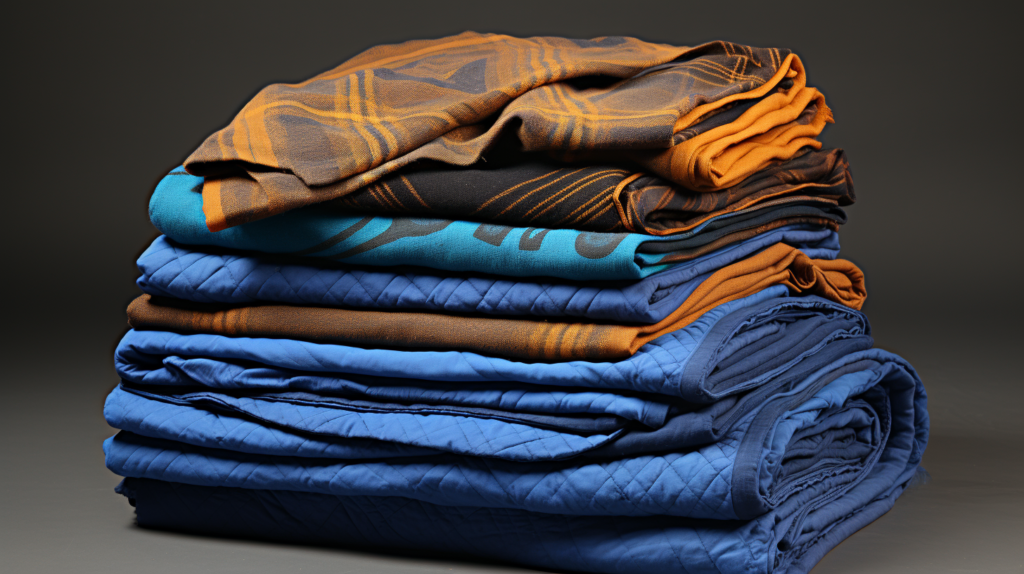
Moving blankets are commonly misunderstood as a soundproofing solution, when in fact, their capabilities in this area are quite limited.
They are effective for acoustic treatment, which is the improvement of sound quality within a room, but soundproofing is a different challenge altogether.
Soundproofing aims to either keep sound out of a space or contain it within, and this requires materials and construction methods that are specifically designed to block sound waves.
The primary reason moving blankets are not suitable for soundproofing is their inability to prevent sound transmission through walls, floors, and ceilings.
Soundproofing materials need to be dense and often have a mass-loaded component that significantly reduces the transmission of sound vibrations.
Moving blankets, while dense compared to ordinary household textiles, do not have the mass or specialized construction to block sound effectively.
Furthermore, sound travels not only through the air but also through solid materials – a phenomenon known as structure-borne noise.
To combat this, soundproofing often requires decoupling techniques, which involve creating a gap or break in the structure to prevent sound from traveling through.
Moving blankets, being flexible and fibrous, cannot achieve this decoupling effect.
Another aspect where moving blankets fall short is their lack of airtight sealing capabilities. Soundproofing often involves sealing rooms so sound cannot escape through even the smallest of gaps.
Acoustic sealants and specialized construction techniques are required to create this seal.
Moving blankets can do little to address these points of leakage as they are not designed to form tight seals around doors, windows, and other potential areas of sound leakage.
Lastly, while moving blankets can be hung to cover walls and surfaces, they do not provide the same level of isolation that constructed soundproofing systems offer.
Systems that are built into the structure of a building, such as staggered-stud or double-wall construction, use principles of mass, damping, and decoupling to achieve significant reductions in sound transmission.
Moving blankets simply lack the necessary attributes to replicate these effects.
Properties Of Moving Blankets That Makes It A Good Acoustic Treatment Material

Moving blankets provide a surprisingly effective means of acoustic treatment due to their dense, fibrous construction.
They are typically made from a blend of polyester and cotton or other materials that have a high capacity for sound absorption.
The fabrics’ fibrous nature disrupts the path of sound waves, which absorbs and diffuses the energy of the sound.
In addition to their material composition, the physical characteristics of moving blankets contribute to their effectiveness.
Their heavy weight and often multi-layered construction create a barrier that sound waves cannot easily penetrate, thus reducing the echo and improving the sound quality within a space.
The texture of the blankets also plays a role in their acoustic properties. The surface of a moving blanket is usually not completely smooth; it’s rugged and varies in thickness due to the quilting.
This unevenness can scatter sound waves in different directions, which helps to reduce the direct reflections that contribute to reverb and echo.
While not as scientifically engineered as professional acoustic materials, the basic principles of sound absorption are well-represented in the humble moving blanket.
How To Reduce Echoes And Reverberations With Moving Blankets

Echoes and reverberations within a room can be minimized by carefully placing moving blankets in areas where sound reflection is highest.
These areas are typically the hard, flat surfaces that reflect sound waves, such as walls, ceilings, and floors.
By hanging moving blankets on these surfaces, the reflections can be absorbed, which reduces the intensity of the echo.
For instance, in a rectangular room, placing blankets on the shorter walls can help balance the sound as these walls often cause the most direct reflections.
To maximize the sound absorption capabilities of moving blankets, it’s beneficial to allow air space between the blanket and the wall.
This can be achieved by hanging the blankets a few inches away from the wall surface, which enhances their ability to absorb low-frequency sounds that have longer wavelengths and can be more difficult to control.
For those seeking to reduce even lower frequencies, doubling up on the blankets or adding additional layers can be particularly effective.
Limitations Of Moving Blankets In Acoustic Treatment
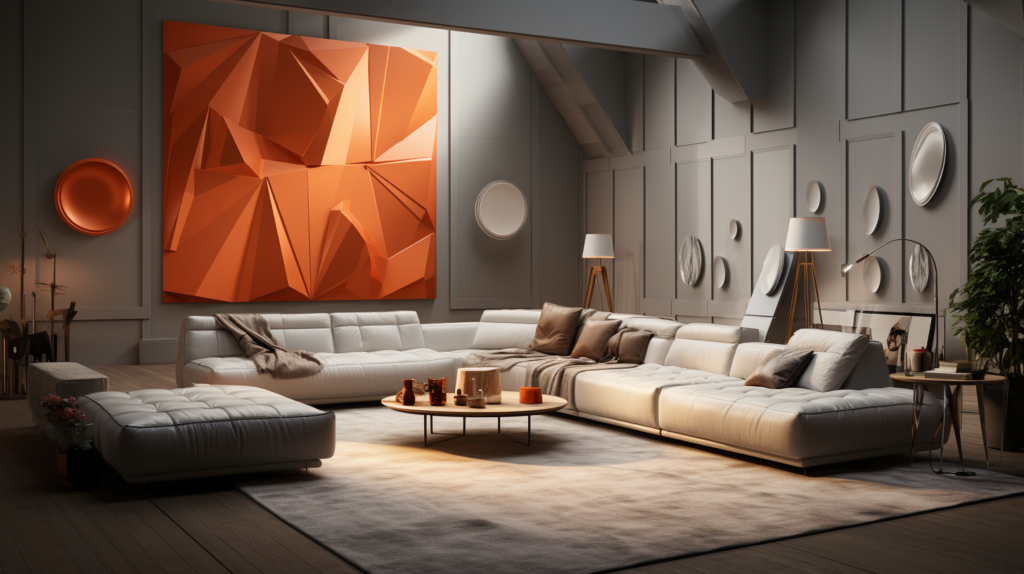
While moving blankets are beneficial for certain acoustic applications, they are not a panacea. One of their limitations is the frequency range they can effectively absorb.
High frequencies are typically well-managed by the thick fabric, but true low-frequency absorption, which is crucial for spaces like recording studios or home theaters.
Is less efficient with moving blankets than with specialized bass traps or other low-frequency absorption solutions.
The aesthetic aspect of moving blankets may also be a concern for some users. Their utilitarian design and heavy, bulky appearance can be unsuitable for spaces where aesthetics are important.
Additionally, they are not designed for exposure to high levels of light or to be cleaned as frequently as other acoustic materials, which may lead to quicker degradation over time if used in high-traffic areas or in spaces that require regular cleaning.
Alternatives To Moving Blankets For Acoustic Treatment

Polyester acoustic panels represent a significant step forward in the realm of acoustic treatment. Unlike moving blankets, these panels are engineered with acoustics in mind and offer a range of benefits for sound management.
Polyester, as a material, possesses inherent qualities that make it highly effective for sound absorption. The fibers in polyester panels are tightly woven, allowing them to trap and dissipate sound waves, particularly those troublesome mid to high-frequency sounds.
One of the distinct advantages of polyester acoustic panels is their versatility. They come in various thicknesses and densities, which can be selected based on the specific acoustic needs of a space.
Thicker and denser panels will absorb lower frequencies, which is beneficial in environments where controlling bass sounds is crucial.
Moreover, polyester is known for its durability and resistance to moisture, making it an excellent choice for long-term use in a variety of settings, including areas where humidity and temperature fluctuate.
Soundproofing Alternatives To Replace Moving Blanket

Those requiring a reduction in sound transmission will need to consider soundproofing alternatives to acoustic treatment.
Soundproofing is particularly vital in environments where confidentiality is crucial, such as law offices or counseling centers, or in residential settings where external noise can be a significant disturbance.
Soundproofing materials are designed to block sound waves, rather than just absorb them, which is a key distinction from acoustic treatment materials.
Soundproofing Properly Using The Right Materials
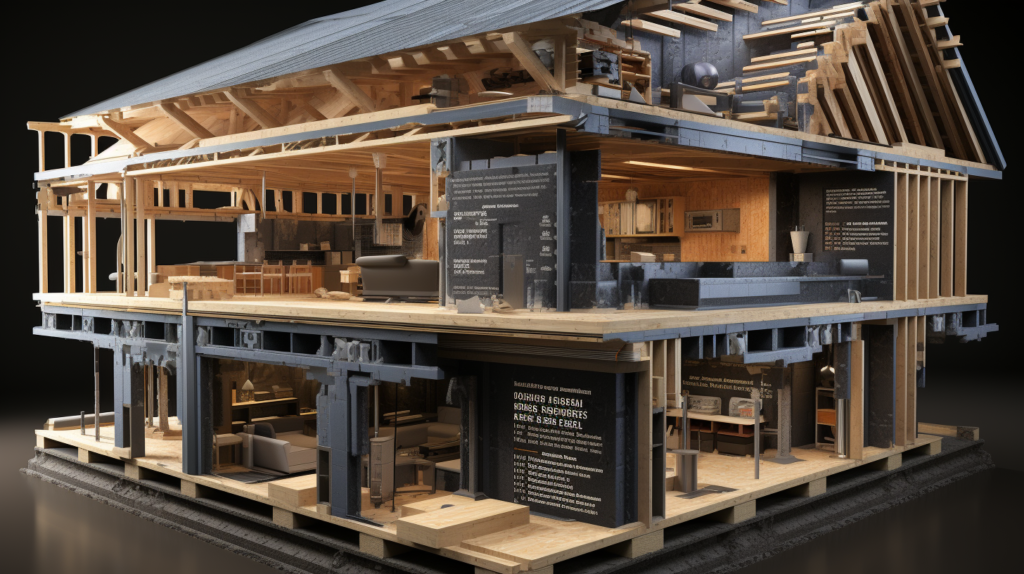
Effective soundproofing requires the selection of appropriate materials and techniques.
Dense materials such as drywall, MLV, and specialty soundproofing insulation work by adding mass to a structure, which impedes the transmission of sound.
Techniques like decoupling can be used to further enhance soundproofing effectiveness by mechanically separating the structural elements of a wall or floor, effectively interrupting the path through which sound travels.
Resilient channels create a floating wall effect, isolating the drywall from the structural studs and significantly reducing the amount of sound that can be transmitted through the wall.
These materials and methods, when combined, form a comprehensive soundproofing system that can be customized based on the specific sound isolation needs of a space.
Soundproofing Properly Using The Right Technique
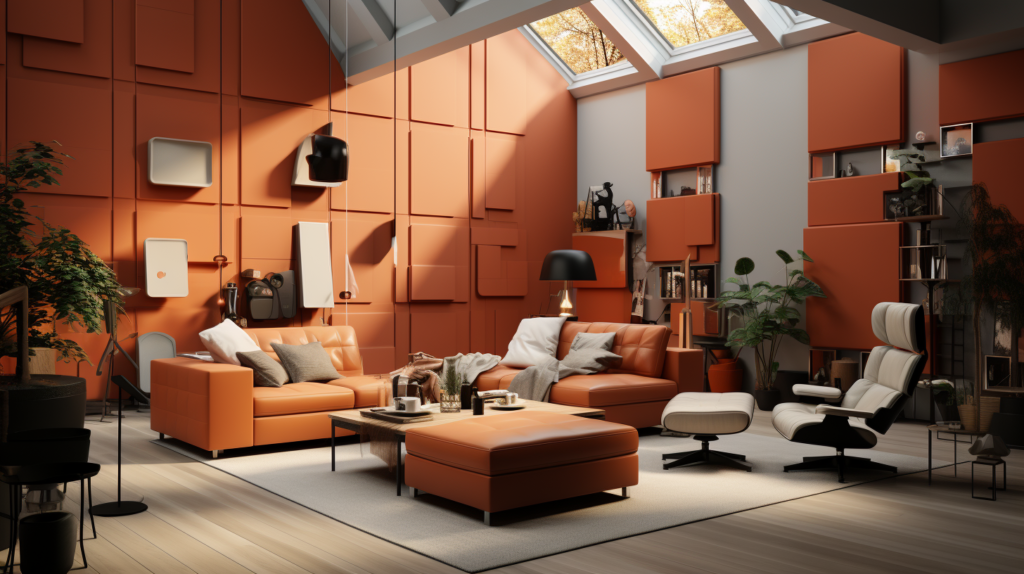
The integration of soundproofing elements is most effective when considered at the construction or renovation stage.
This allows for the seamless incorporation of soundproofing materials into the building’s structure.
For new construction, soundproofing can be planned from the outset, with considerations made for the placement of rooms and the selection of materials that provide the best sound isolation.
In renovation projects, soundproofing can be more challenging, as it may require the modification or replacement of existing structures.
However, even in these cases, significant improvements can be made by adding soundproofing layers to walls, ceilings, and floors, or by using soundproofing sealants to fill gaps and cracks that can leak sound.
By addressing soundproofing during the construction or renovation phase, one can achieve a far superior level of sound isolation compared to retrofitting soundproofing solutions after a building is completed.
Conclusion
Understanding the distinction between acoustic treatment and soundproofing is key when aiming to improve a space’s sound.
Moving blankets can effectively dampen echoes for acoustic treatment but are not viable for soundproofing, which requires specialized materials to block sound transmission.
For a more targeted acoustic treatment, polyester acoustic panels offer a blend of sound absorption and aesthetic design, while true soundproofing demands materials like mass-loaded vinyl and techniques such as decoupling and sealing gaps during the construction phase.
Whether enhancing a room’s acoustics or seeking to contain sound, selecting the appropriate approach is vital. This ensures our environments are acoustically optimized, serving our needs and improving our daily experiences in both private and professional settings.
Through informed decisions, we can strike the right balance between functionality and design, leading to spaces that are not only heard but also felt in their improved ambiance and comfort.
